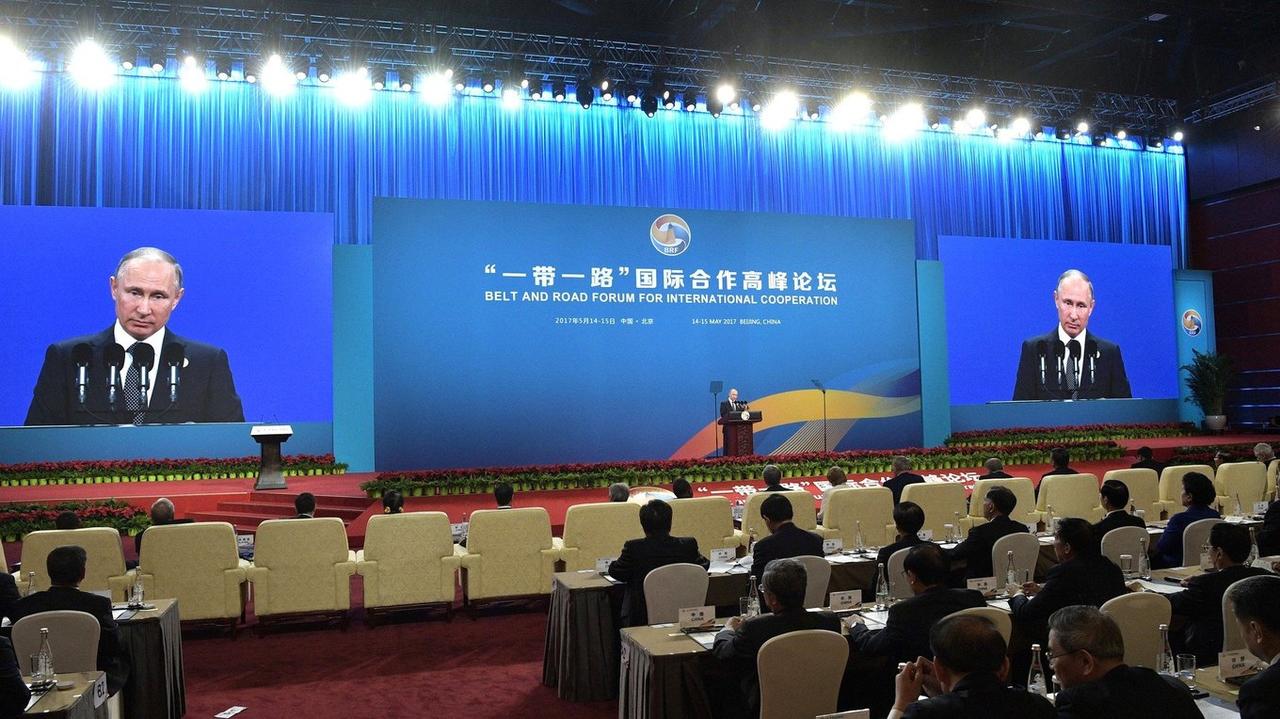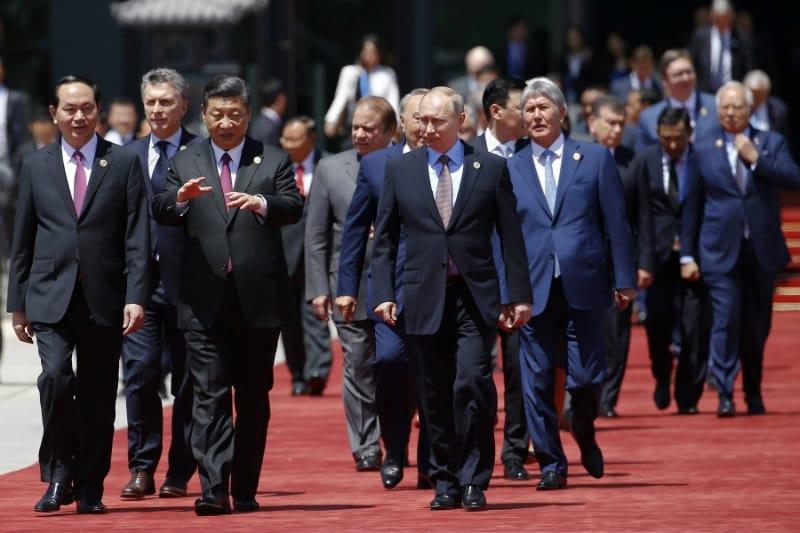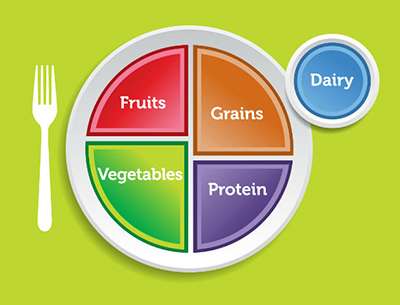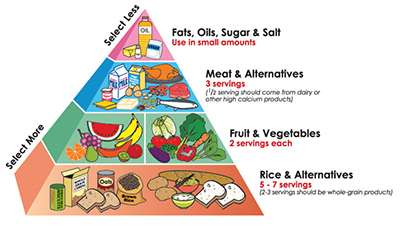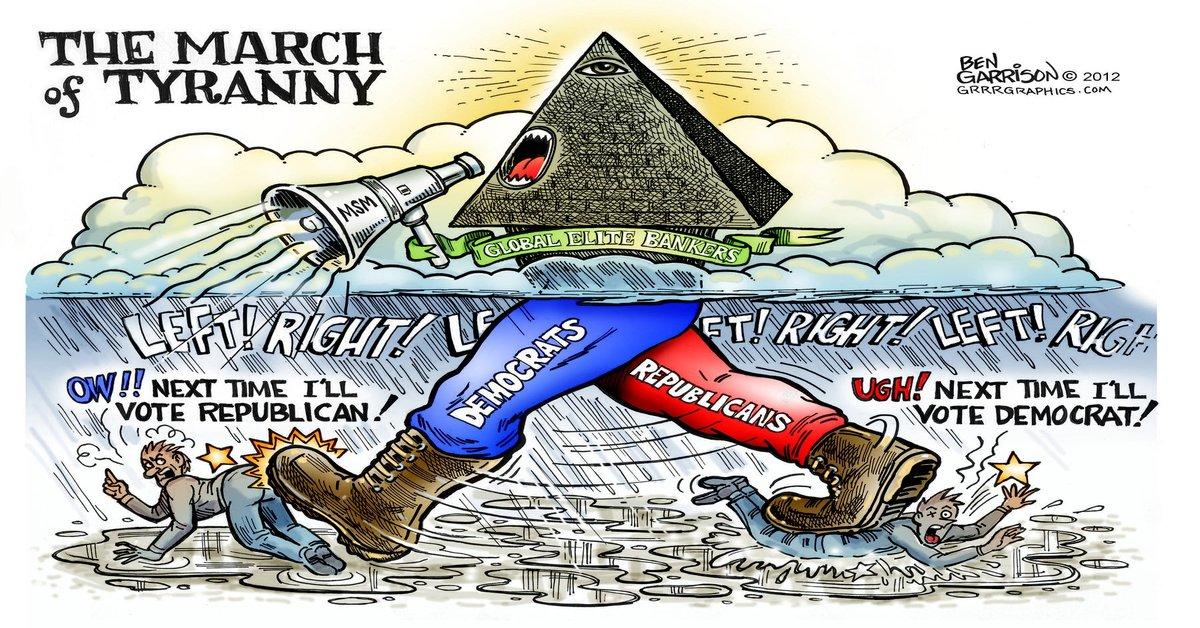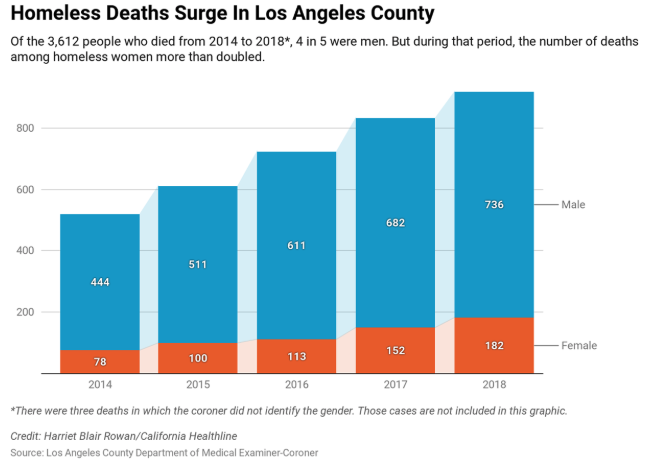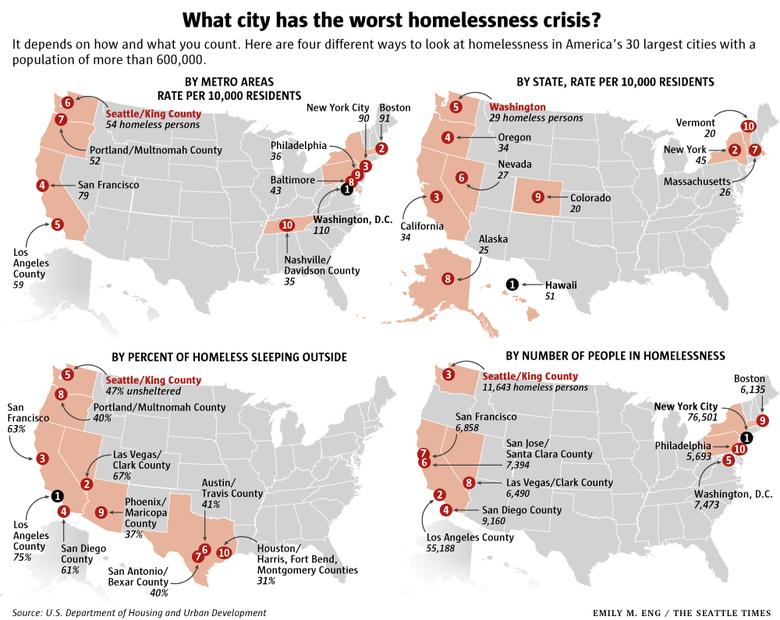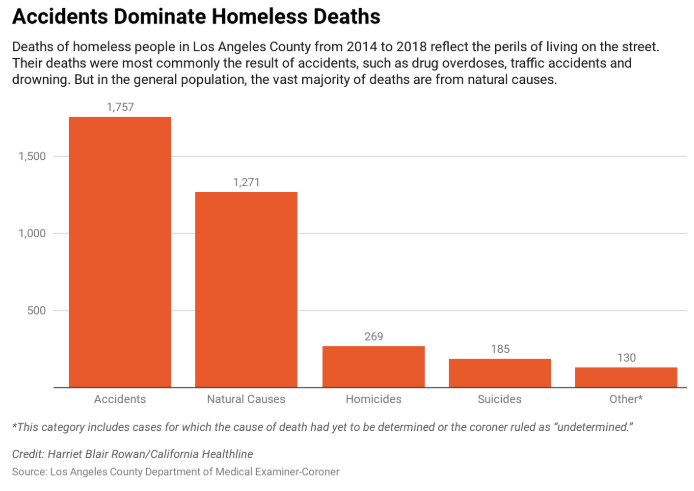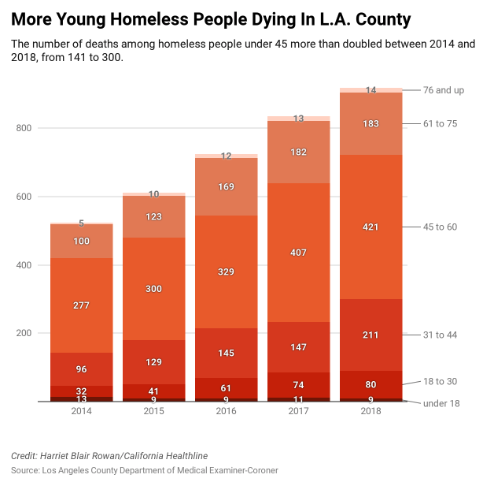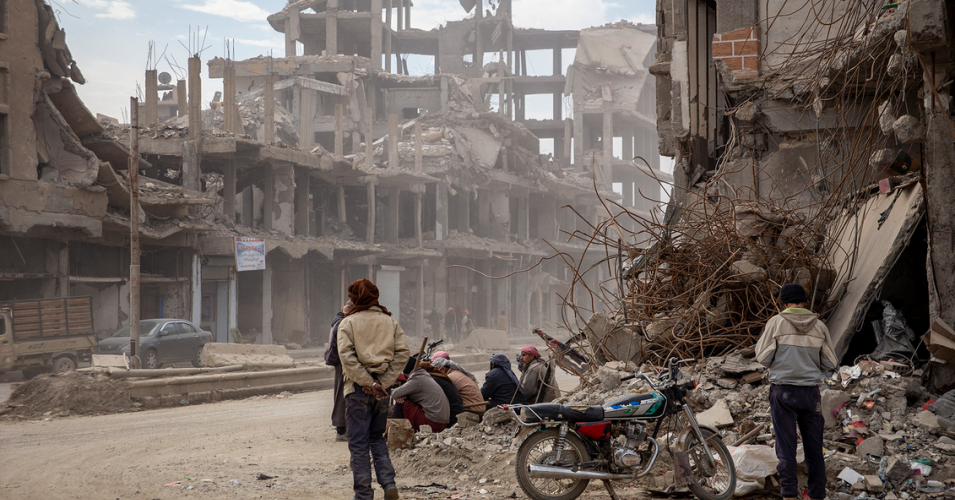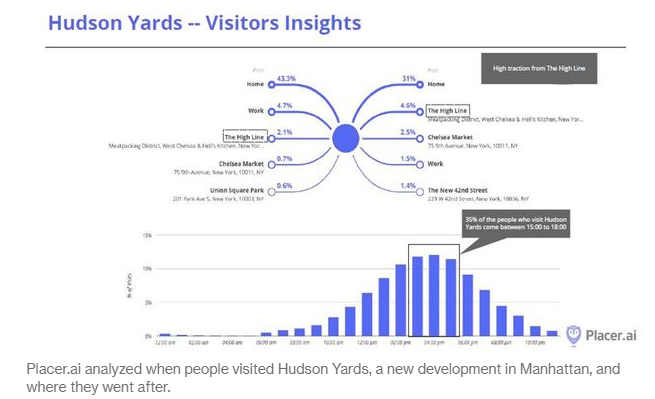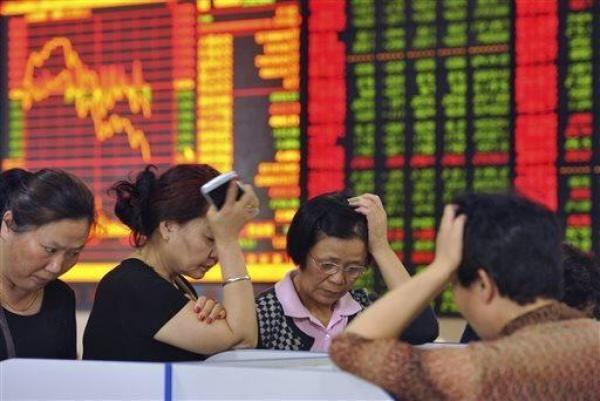Authored by Andrew Korbko via Oriental Review,
President Putin left nothing to doubt when he proudly proclaimed that Russia and the Eurasian Economic Union regional integration organization that it leads are strategically merging with China and its Belt & Road Initiative, with this process having unprecedentedly far-reaching strategic consequences for the supercontinent and 21st-century geopolitics as a whole.
This year’s Belt & Road Initiative (BRI) Forum is a monumental event bringing together several dozen heads of state and providing a platform for the international community to better understand this world-changing vision. President Putin gave an important speech during this event that can be summarized as his proud proclamation that Russia and the Eurasian Economic Union (EAU) regional integration organization that it leads are strategically merging with China and its BRI. There’s no doubt that this process will have unprecedentedly far-reaching strategic consequences for the supercontinent and 21st-century geopolitics as a whole, which is why his entire address deserves to be analyzed in full. What therefore follows is the transcript of his speech interspersed with brief interpretations of the text in order to help the reader appreciate just how significant of an event this was and what his words might mean for the future of Russian grand strategy:
Passage:
“President Xi Jinping, Ladies and gentlemen,
First of all, I would like to thank my good friend President of China Xi Jinping for inviting me to attend the second Belt and Road Forum for International Cooperation. I would like to express my appreciation for the opportunity to be here in such a large representative group and to meet with each other, to discuss current issues of global development and principles of cooperation.
I have listened with great interest – as I am sure many other people in this hall have – about the principles and goals of China’s development, that is, how the People’s Republic of China, the world’s largest economy today in terms of purchasing power parity, is planning to develop and build relationships with its partners. This is of fundamental importance both for Russia and, I am sure, for many of our colleagues who have gathered here in Beijing today.”
Interpretation:
When China talks, the world listens.
Passage:
“It is obvious that the implementation of this ambitious project, Belt and Road, promoted by our Chinese colleagues, is aimed at strengthening the constructive cooperation of the Eurasian states. Its truly unifying goal is to ensure harmonious and sustainable economic development and economic growth throughout the Eurasian space.
Russia has emphasised on numerous occasions that PRC President’s Belt and Road initiative rimes with Russia’s idea to establish a Greater Eurasian Partnership, a project designed to ‘integrate integration frameworks’, and therefore to promote a closer alignment of various bilateral and multilateral integration processes that are currently underway in Eurasia.”
Interpretation:
China’s Silk Road vision of Eurasian integration is complementary to Russia’s Greater Eurasian Partnership, with the key concept being that both Great Powers are now ready to “integrate (their) integration frameworks”, which confirms what the Russian Ambassador to China said earlier this month and strongly implies Moscow’s unstated but de-facto participation in BRI’s flagship project of CPEC, too.
Passage:
“Russia is ready to undertake efforts for creating a transparent and enabling environment in order to promote cooperation across Eurasia.
It is important that we come up with effective ways of responding to the risks of a fragmented global political, economic and technological landscape and growing protectionism, with illegitimate unilateral restrictions imposed bypassing the UN Security Council or, even worse, trade wars as its most dangerous expressions.
It is our firm belief that only by working together can we counter urgent challenges such as decelerating economic growth, the deepening prosperity gap among nations as well as technological backwardness.”
Interpretation:
Only multilateral economic cooperation such as the sort proposed by China’s BRI and Russia’s EAU (to say nothing of these integration projects’ impending merger) can counteract the systemically destabilizing consequences of the US’ “trade war” and the “Trumpist” worldview that inspired it.
Passage:
“Let me repeat what I have said on numerous occasions: these negative trends feed terrorism, extremism and illegal migration flows, causing old regional conflicts to resurface and new ones to emerge.”
Interpretation:
Russian President Putin, Chinese President Xi, and Prime Minister Khan of the global pivot state of Pakistan are all on the same page regarding the fact that the source of many security threats can be traced back to economic problems, hence the interest that the new Multipolar Trilateral has in pursuing the integration of the EAU, BRI, and CPEC.
Passage:
“I strongly believe that Eurasia can become a role model in devising a meaningful and positive agenda for overcoming these and other urgent international problems. Peoples of various cultures, religions and traditions have inhabited the vast Eurasian space for millennia.
Of course, there were wars and conflicts throughout the continent’s history, but sooner or later they subsided, while common sense and the natural aspiration of the people to peace and communication always triumphed at the end of the day.”
Interpretation:
Despite its diversity, Eurasia won’t be the scene of a destabilizing so-called “Clash of Civilizations” that shadowy forces are actively trying to spark, but rather the platform for a Convergence of Civilizations that will stabilize the supercontinent following the integration of the aforementioned integration frameworks (EAU, BRI, CPEC).
Passage:
“Russia is interested in the closest cooperation with all Eurasian partners on the basis of unshakable principles of respect for the sovereignty, rights and legitimate interests of each state. It is on these principles that we are building the Eurasian Economic Union, with our partners – Armenia, Belarus, Kazakhstan, and Kyrgyzstan. Soon, on May 29, the EAEU will have been in existence for five years. Over this period, a common market has been created, and conditions are being created to ensure the free movement of goods, services, capital and labour.
Common markets have been formed, as well as a common digital space.
In his remarks just now, President Xi Jinping spoke about linking his initiatives with similar ones and with other associations that are forming in our vast space. This absolutely fits into our plans. The EAEU states are actively working to strengthen industrial and technological cooperation, to build efficient transport and logistics chains. And we, too, together with our Chinese friends, with all our partners, will talk more during our meetings today and tomorrow, we will continue coordinating this work, work of a global nature.”
Interpretation:
The Russian-led EAU is the core of Moscow’s supercontinental integration strategy, and it perfectly dovetails with China’s BRI.
Passage:
“We also continue pursuing the policy of harmonising our monetary and fiscal policies. At the same time, the Eurasian Economic Union strives for the widest possible cooperation with all interested countries and associations. I am primarily referring to the People’s Republic of China, the country we consider to be our key supporter, our natural partner in the integrated development of the continent.
The five EAEU member states have unanimously supported the idea of pairing the EAEU development and the Chinese Silk Road Economic Belt project. The agreements reached in this regard are being successfully implemented. In the coming months, the Agreement on Trade and Economic Cooperation between the EAEU and China will enter into force.”
Interpretation:
The EAU will continue harmonizing its economic strategy with China, Russia’s key supporter and natural partner in jointly integrating Eurasia, with more cooperation agreements to be forthcoming.
Passage:
“The Eurasian Union is committed to liberalising economic ties with its other partners as well, and has already signed a free trade agreement with Vietnam and a provisional agreement with Iran paving the way to the creation of a free trade area. The preparation of similar instruments with Singapore and Serbia is nearing completion, and talks are underway with Israel, Egypt and India.
We cooperate actively with the Shanghai Cooperation Organisation and the Association of Southeast Asian Nations.
We undoubtedly stand for expanding business ties with the European Union, our long-standing and traditional partner, in a constructive and equitable manner. Even if there are currently some differences between us, they cannot and should not cast a shadow on our shared responsibility for the future of Europe and all of Eurasia.”
Interpretation:
Russia’s Greater Eurasian Partnership vision is truly all-encompassing and seeks to spread multipolarity into every corner of the supercontinent, even doing what most observers had hitherto thought to be politically impossible by connecting Iran and its hated “Israeli” foe togetherthrough the same multilateral trade framework of the EAU.
Passage:
“Let me emphasise that the Great Eurasian Partnership and Belt and Road concepts are both rooted in the principles and values that everyone understands: the natural aspiration of nations to live in peace and harmony, benefit from free access to the latest scientific achievements and innovative development, while preserving their culture and unique spiritual identity. In other words, we are united by our strategic, long-term interests.
I strongly believe that the comprehensive approach that underpins both concepts will help us further enhance economic cooperation within the continent, develop shared transport and energy infrastructure and promote digital technology. This way, integration will serve the interests of our peoples and all Eurasian nations to the fullest extent.”
Interpretation:
“Win-win” isn’t high-sounding rhetoric exclusive to the Chinese, but is a credible Eurasian-wide vision that can ultimately improve the living standards of the supercontinent’s many people if it’s successfully pursued by all nations in full coordination with one another.
Passage:
“Once again, I would like to thank our partners, our Chinese friends for this initiative. Thank you for your attention.”
Interpretation:
No one should ever forget that while the vision of “win-win” is completely inclusive, it wouldn’t be possible to seriously implement in practice had it not been for China’s BRI, therefore making the People’s Republic the core of this paradigm-changing 21st-century process that’s poised to irreversibly revolutionize global geopolitics.
via ZeroHedge News http://bit.ly/2DzyfsI Tyler Durden
